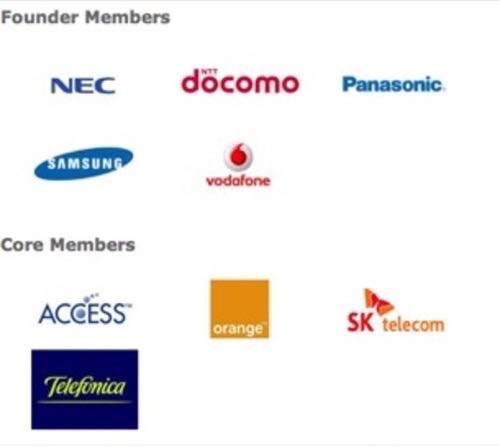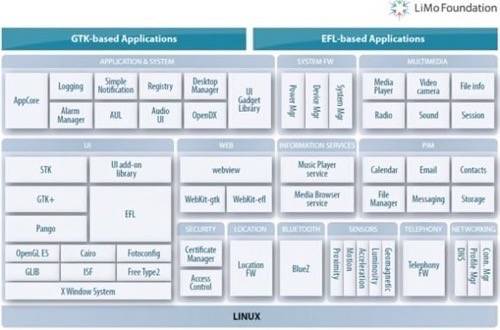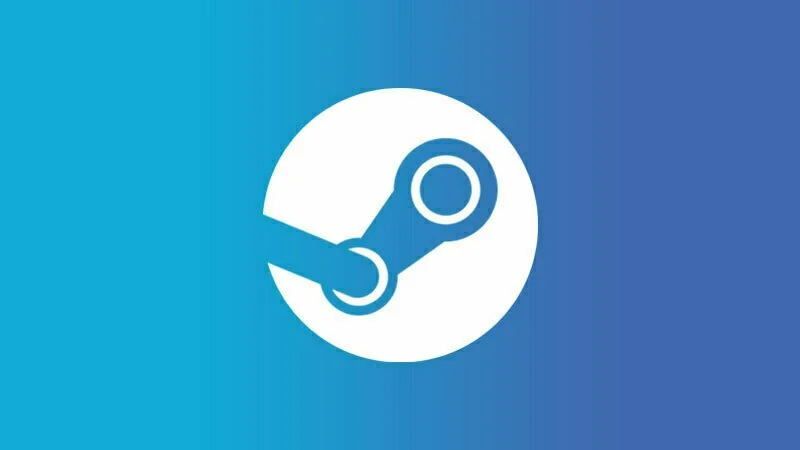Intel is trapped with dying mobile OS MeeGo and has very few options to develop it. That does not mean Intel is completely out of luck in the mobile world. An announcement is expected soon that Intel will partner with a global Linux consortium called the LiMo Foundation to develop Meego. LiMo’s major partners include Samsung, Panasonic, NEC, Vodafone and NTT Docomo, the largest cellular carrier in Japan. What could be up the sleeves of the LiMo consortium by getting into MeeGo at this late hour?

Samsung may hold the key. There are multiple routes that Samsung could travel with LiMo. It could passively support MeeGo’s development from afar or actively throw resources at it to provide a framework for its own mobile OS Bada. One thing is clear: Intel cannot completely abandon MeeGo.

Intel’s Conundrum
MeeGo is really the only hope that Intel has to push out a popular line of mobile devices (including netbooks, tablets and smartphones) that support a chip on an x86 framework. Originally MeeGo was a joint partnership between Nokia’s Maemo and Intel’s Moblin. But once Nokia abandoned MeeGo in favor of Windows Phone, Intel has been supporting it on its own.
Intel does not have the capability to push out MeeGo on its own. Hence the original partnership with Nokia. Intel needs developer resources and at least one major mobile original equipment manufacturer to give the OS a fighting chance of breaking into the ecosystem.
Financial Times Deutschland was the first to report that the LiMo Foundatin may be interested. A reporter at Geek.com (who goes by the name of Gearlog) apparently asked LiMo executive director Morgan Gillis about partnering with MeeGo at Mobile World Congress in February 2010. “This could be very logical and beneficial to the market,” Gillis said according to Gearlog. LiMo is an ARM-based platform but it would not be a stretch for the consortium to provide developers working on an x86 mobile solution.
One thing to look out for though is that the ARM foundation that makes the architecture that most mobile devices are currently built on, is an associate member of LiMo. Either ARM would need to give its consent that MeeGo be involved or the group could just oust ARM entirely, which would be pretty dramatic.
Samsung’s Opportunity

What does Samsung do if MeeGo is part of the LiMo consortium? There is almost no way that LiMo would partner with Intel without Samsung’s, a founding member of the group, approval. There are several different tracts:
- Nothing – It can stand by Android, Windows Phone and Bada and continue to pump out high quality devices that look a lot like iPhones and iPads.
- Develop By Proxy – Samsung could provide cash and resources to developers from the consortium, which also incudes Adobe, Mozilla, Verizon and McAfee as associate members. Think of the Russians supplying the Vietnamese to fight the Americans. This way Samsung does not upset Google or Microsoft while still having an option being developed in the wings.
- Integrate MeeGo Into Bada – Just because Samsung might give tacit agreement to MeeGo, that does not mean its own OS would go out the window. Bada could easily live on top of MeeGo. Except, what would they call it? MeeLiGoBada?
- Embrace – Start off slowly, build a couple devices and an app store and then dump Android and Windows Phone entirely. This … probably won’t happen.
LiMo’s Resources
Take a look at this chart of LiMo’s platform.

That is a pretty robust set of functionality right there. A lot of MeeGo’s shortcomings could be shored up very quickly with LiMo support. As Gillis stated above, LiMo would probably like to get its hands on MeeGo.
Here is how LiMo describes itself:
LiMo Foundation is an industry consortium dedicated to creating the first truly open, hardware-independent, Linux-based operating system for mobile devices. Backing from major industry leaders puts LiMo at the Heart of the Mobile Industry and makes LiMo the unifying force in Mobile Linux.
So, is this Intel clutching for a life raft? Or was this a perfect match that is long overdue? Let us know in the comments.









